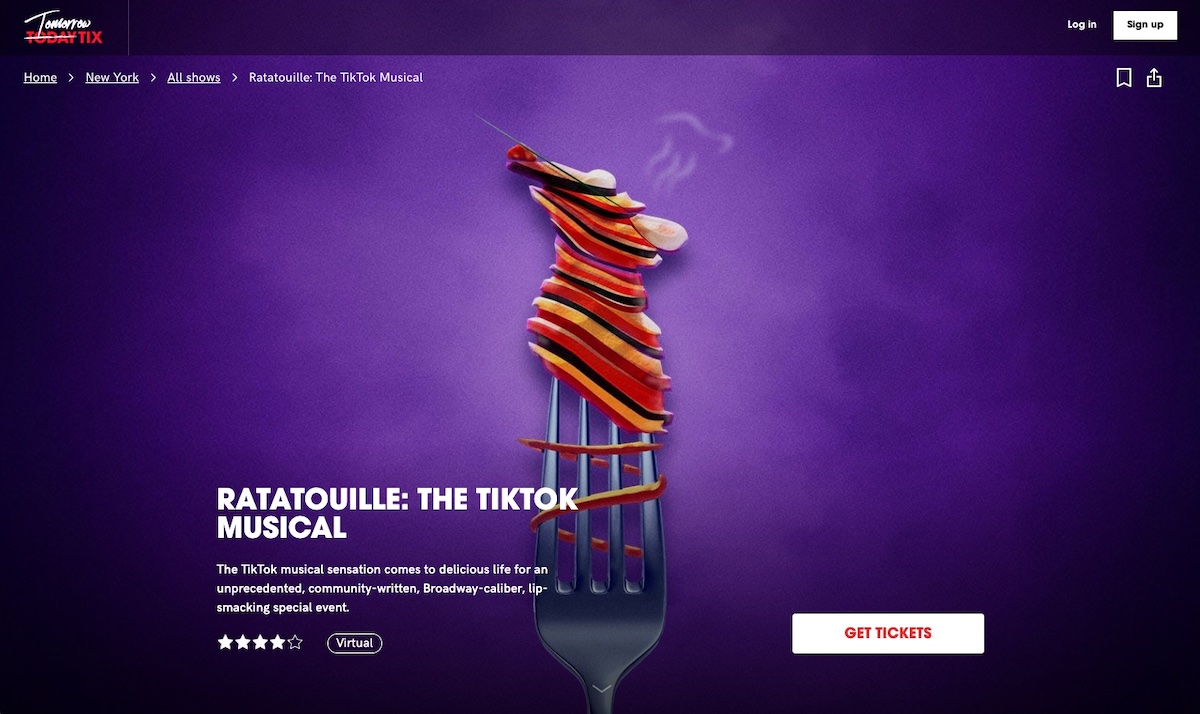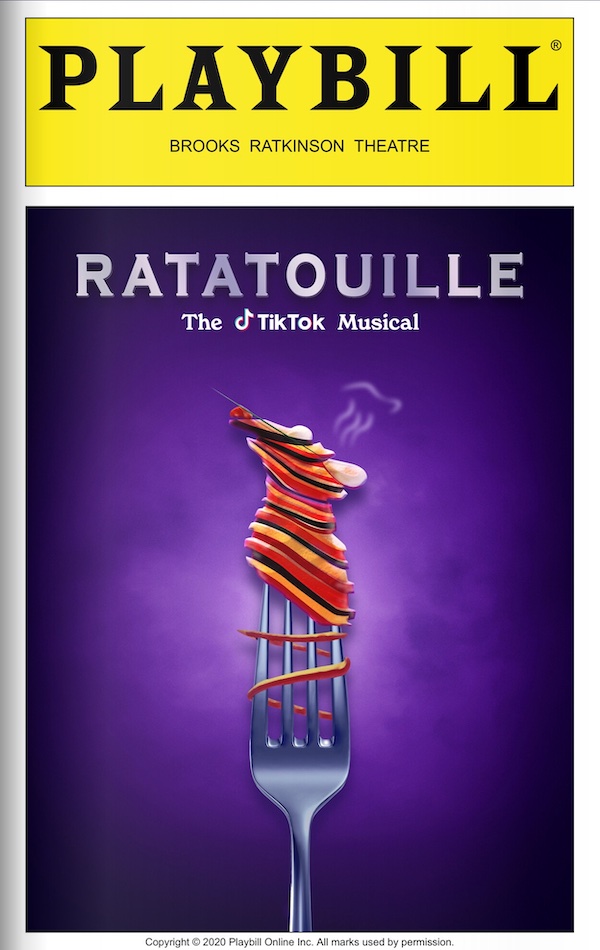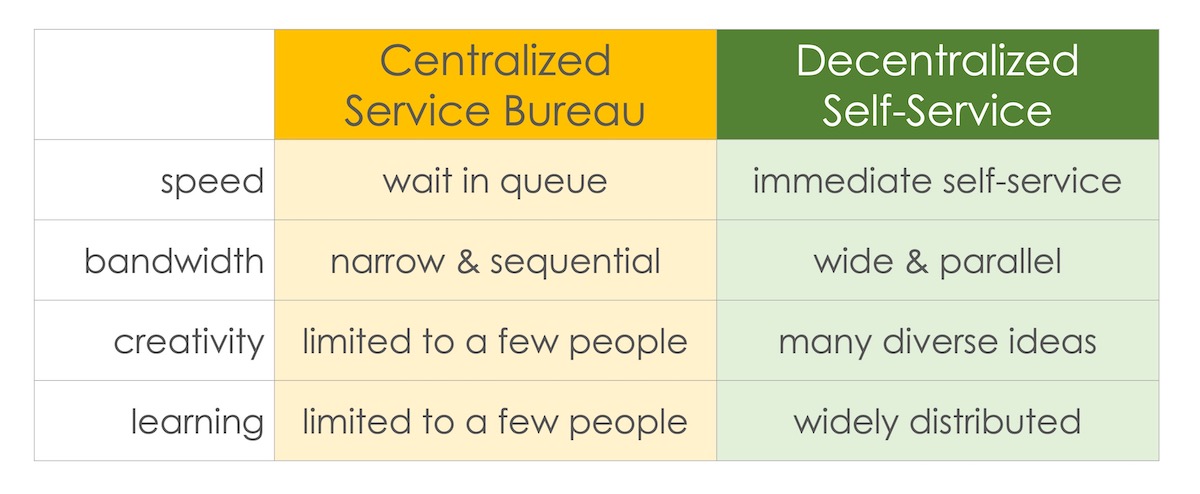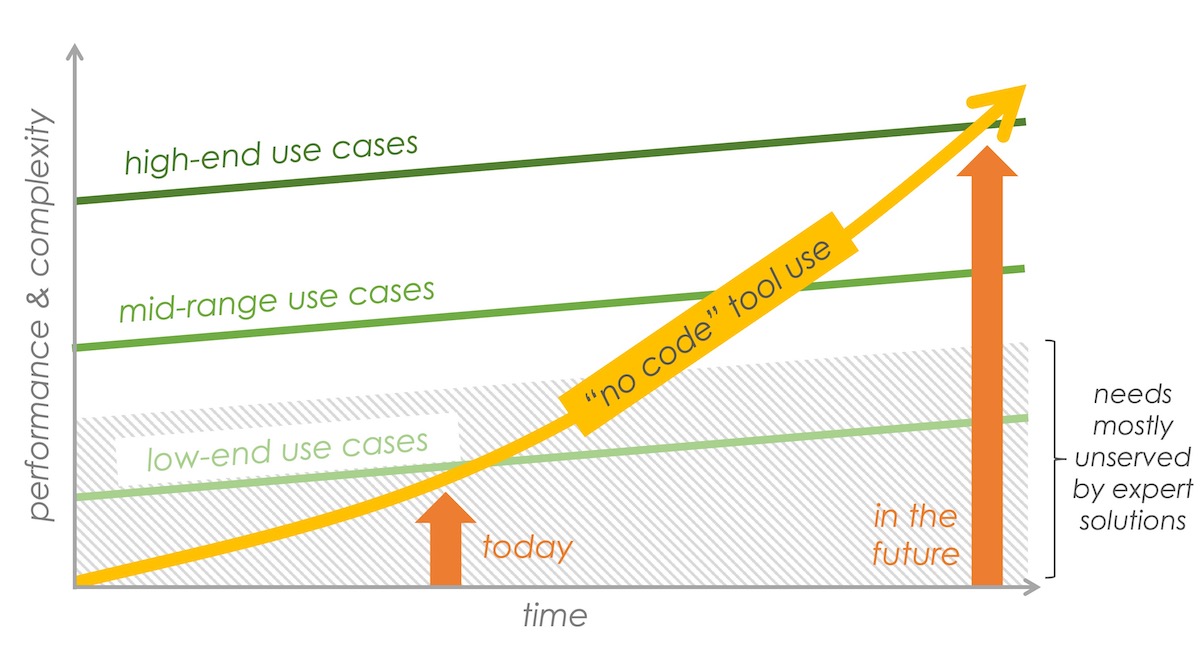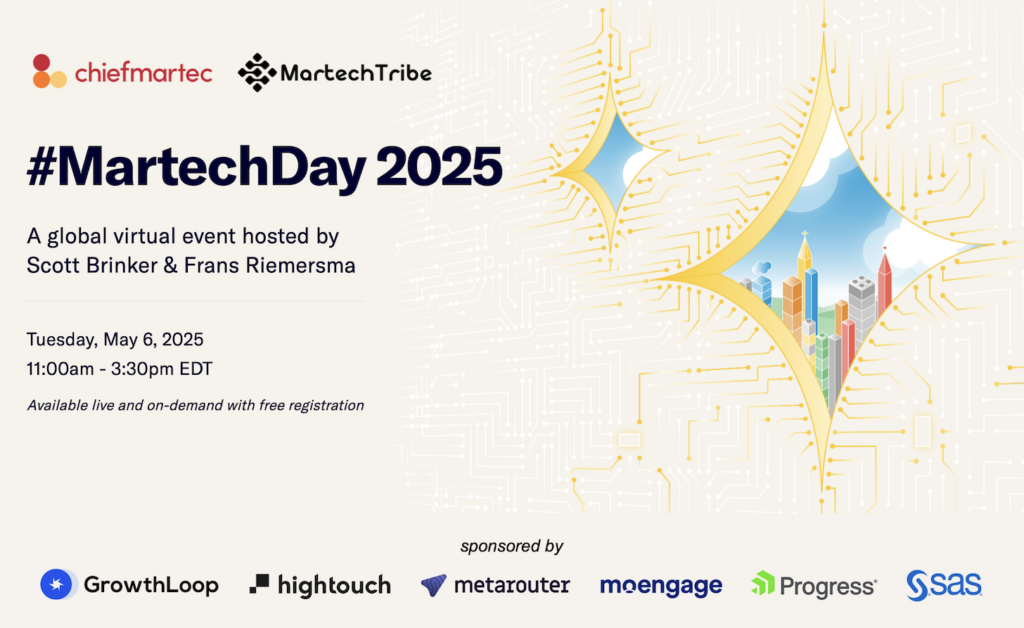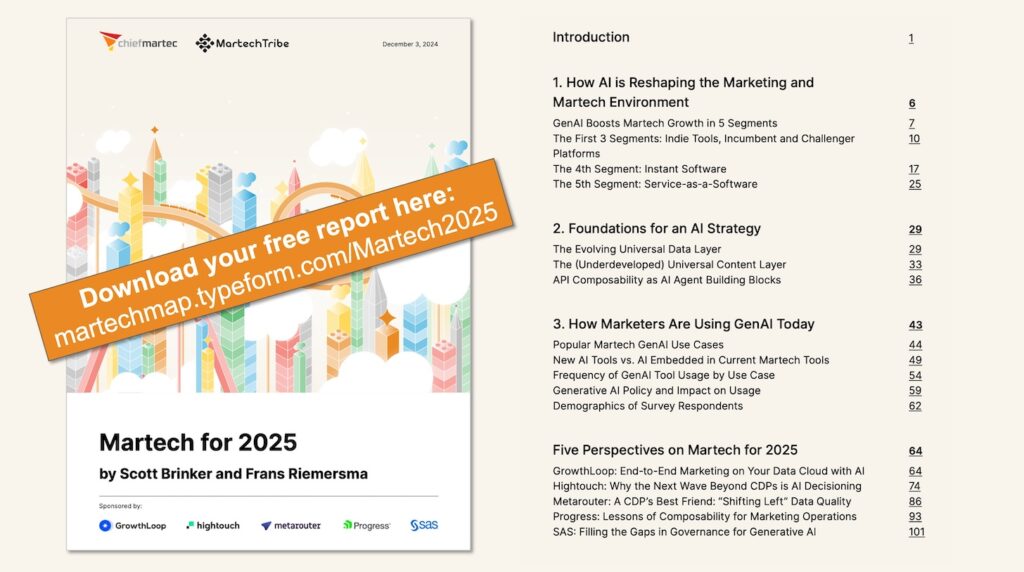Anyone can cook. Anyone can create.
In August of last year, Emily Jacobsen, an elementary school teacher, posted a musical ode to Remy, the talented rat chef star of Disney-Pixar’s Ratatouille, on TikTok. “Remy, the Ratatouille, rat of all my dreams!”
It caught the attention of Daniel Mertzlufft, a composer and arranger, who orchestrated her mini-song in the style of a grand “Act Two Finale” from a Disney musical and posted it back.
Suddenly, the #RatatouilleMusical hashtag exploded on TikTok with hundreds of millions of views. Dozens of people contributed songs, performances, choreography — even a Playbill book.
With Disney’s permission, an actual production of Ratatouille: The TikTok Musical was staged for a limited online engagement, starring professional Broadway actors and musicians. A number of the performances were presented in TikTok aspect ratio and with occasional TikTok effects (e.g., cloning for the ensemble chorus and dancers).
It was livestreamed on January 1 (and available on-demand through January 4), with proceeds benefiting the Actors Fund.
While I’m no theater critic, I found it entertaining, in spite of (or because of?) how campy it was. But how it came about and how quickly — from first TikTok video to streamed production in a few shorts months — left me amazed.
In case you were wondering if my New Year’s resolution was to ditch writing about martech and take on a pop culture beat, rest assured, I’m still a solid pair of dad jeans away from that.
But Ratatouille: The TikTok Musical is a great example of the power of “citizen creators.”
It started on a centralized platform (TikTok) that thrives by empowering decentralized creators. Anyone can cook up a TikTok video on their phone. The app makes it super easy. Yes, they’re lo-fi videos. But the quality is sufficient.
Emily’s post, Daniel’s riff on it, and the flood of variations and extensions contributed from amateur and professional creators across the platform gained enormous popularity — proof that the production quality was more than viable for a great idea to shine.
In exchange for the constraints of lo-fi production, however, there is an enormous gain in the democratization of creative power. It’s not just that anyone could produce and share their idea. It’s that they could do it instantly, effortlessly. And then other people could iterate and remix. And all this could happen in parallel at massive scale.
Seriously, the speed and scale of distributed experimentation is mind-blowing.
If you care about innovation in your company, you can’t ignore this. This is what the power of “no code” tools — and decentralized self-service capabilities more broadly — enables.
In a recent article in Vulture — now that’s a name for a pop culture publication — about the making of Ratatouille: The TikTok Musical the show’s choreographer, Ellenore Scott, said:
“When I think about the times that I have been in the room when a musical’s being developed. It’s years and years, meetings upon meetings. You rethink your idea 400 times before actually getting in the room. Whereas it felt like we made this in the amount of time you would make a TikTok, which is — you know, you snap a finger.”
Years and years. Meetings upon meetings. Any chance that resonates with experiences you’ve had? Is breaking free to create more quickly and easily a tantalizing alternative?
Now, you might still be concerned about the quality. “Yeah, that’s fine for TikTok, but my brand would never accept anything but the highest production values.”
That’s an easy defensive stance to take against change. But consider this:
- There are a ton of ideas that can be implemented internally — and let’s face it, internal processes and workflows can almost always benefit from improvement — where lo-fi production values are sufficient. The interface isn’t seen by the external world. But the benefits of better processes internally are often felt by customers.
- Don’t be so quick to measure “quality” in new forms by the same yardstick as old ones. Quality is contextual. The real goal is to delight your customers and win their business. Their experiences define your brand. If you’re erring on the side of constraining creation in the name of the brand, at the expense of improving customer experience, you may be optimizing the wrong variable.
- Disney is one of the world’s Top 10 Most Valuable Brands. But they supported the innovation of Ratatouille: The TikTok Musical. Granted, they put constraints on how far this could go outside of their direct control. But it’s a great example of “enlightened governance” that is strengthening their fan base. (And they didn’t have to pay a cent for all this “marketing” the crowd delivered for them.)
- The power of citizen creator platforms is enabling a lot of ideas to be tried quickly and cheaply. Think of them as MVPs. Most won’t work, but the cost of experimentation is low. And when an MVP shows promise, it can be iterated and refined. The journey from Emily’s first TikTok ode to Remy to the New Year’s Day livestreamed production with professional actors was a rapid series of iterations. If Disney wants, they could iterate further to turn this into a high-fidelity production, having already learned a tremendous amount from the MVPs.
- Finally, note well that all these “no code” tools are rapidly improving. They are following Christensen’s pattern of disruptive innovation, moving from serving low-end use cases to higher-end ones, powered by more sophisticated AI engines. This is why the Age of the Augmented Marketer is going to be so exciting.
P.S. The tongue-in-cheek ads in the Playbill for Ratatouille: The TikTok Musical, contributed from people across the Internet, were a nice touch:
P.P.S. Add to your list of “no code” tools, PLAYBILLder — touché for the play on words — which lets you create your own real (or fantasy) Playbill booklets.
